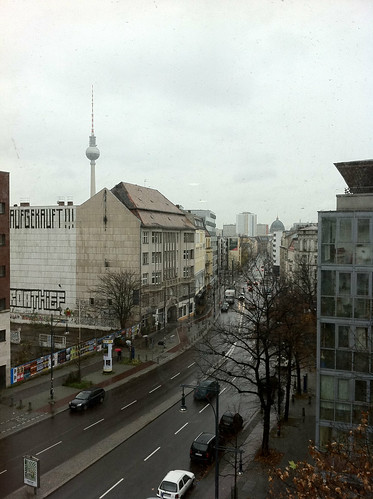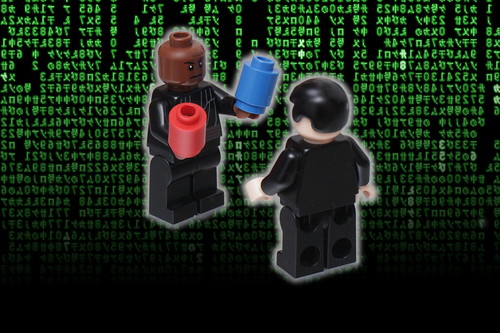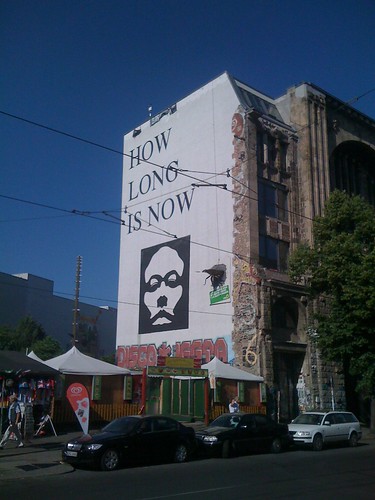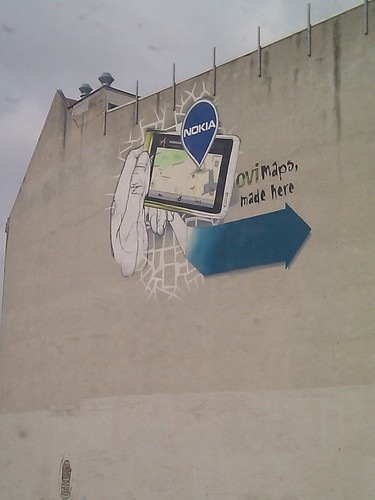Another Category Of Place You Really Don't Want To Check In To
There are some places you really don't want to check into using one of the many location based social networks. There's a variety of suggestions of this nature on the web including funeral homes, an ex-partner's house, jail or the same bar (every night). It now seems you can add military bases (when you're in a war zone) to the list.
A recent report highlighted concerns that the US Air Force has over troops using location based apps, with the Air Force posting a warning on an internal web site on the matter.
"All Airmen must understand the implications of using location-based services," said a message on the internal Air Force network. The features, such as Facebook's 'Check-in,' Foursquare, Gowalla, and Loopt "allow individuals with a smartphone to easily tell their friends their location," it said. "Careless use of these services by Airmen can have devastating operations security and privacy implications," said the message, which was posted on November 5, according to spokesman Major Chad Steffey.
The age old adage about Military Intelligence being an oxymoron springs to mind.





